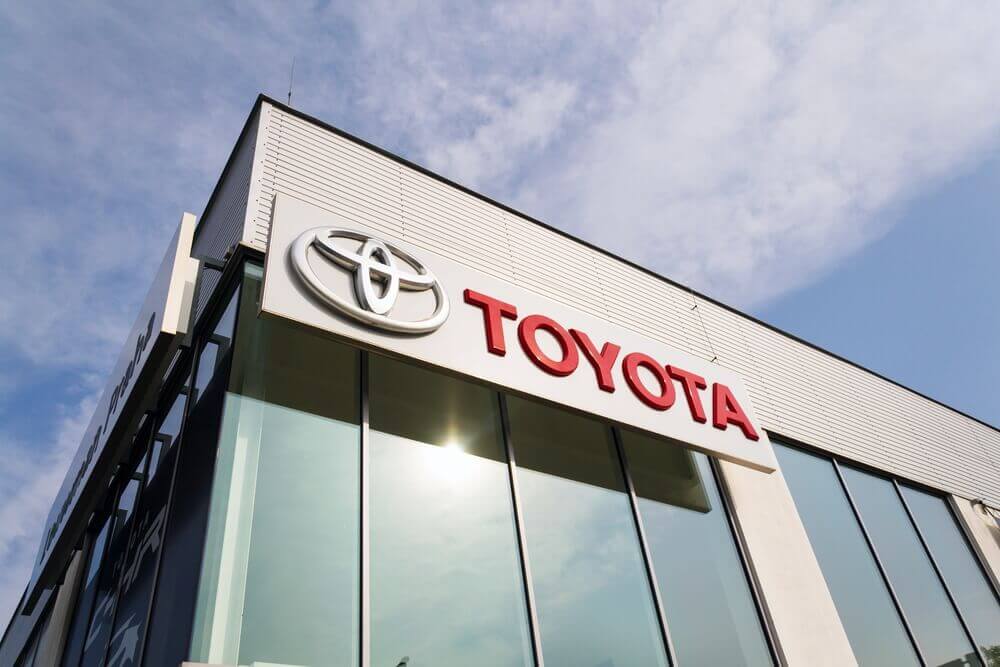On Monday, Toyota Motors chased its hydrogen dream as it raced an experimental car around the Okayama International Circuit.
Accordingly, its chief executive officer Akio Toyoda steered around the colorful Corolla Sport. The vehicle uses a converted GR Yaris engine operating on hydrogen.
Remarkably, the commercial viability of the power plant could maintain internal combustion engines running in a carbon-free world.
In line with this, CEO Toyoda explained that the main enemy of the industry is carbon and not internal combustion engines.
He further asked that companies not just focus on one technology but also consider other available processes.
Correspondingly, he emphasized that carbon neutrality should open doors for other options.
Subsequently, Toyota’s efforts into hydrogen technology came as the world’s biggest automaker joined the rising market for battery-electric cars.
This is amid the global tightened emission regulations in meeting carbon-cutting pledges.
Meanwhile, its rivals attended the UN climate conference over the weekend in Glasgow, Scotland.
At the gathering, highly-valued carmakers agreed to discontinue fossil-fuel vehicles by 2040. This includes General Motors, Ford Motor, Sweden’s Volvo, and Mercedes-Benz.
Conversely, Toyota refused as it explained that consumers are still not ready for the shift. Similarly, Germany’s Volkswagen also has a notable absence at the said event.
Consequently, its Vice Chairman Shigeru Hayakawa said that the company does not want to be an EV maker. He said that the firm aspires to be a carbon-neutral firm.
Also, analysts mentioned that the rapid development of carbon-free fuels could weigh down the boom of BEVs.
In Japan, hydrogen’s allure could draw less disruption to the labor market than a complete swift switch to electric vehicles.
The Japan Automobile Manufacturers Association forecasts that its automotive industry has 5.50 million people in its workforce.
Challenging Toyota Hydrogen Technology
However, one conflict noted on Toyota’s chosen technology is it is not entirely carbon-free and could not be classified as zero-emission.
Even though the byproduct of hydrogen and oxygen combustion is water, a small amount of engine metal burns during the process.
As a result, 2.00% of the emissions would be from the gasoline engine, and the exhaust also holds traces of nitrogen oxide.
There is also a carbon cost in producing electric car batteries, but they do not pollute when used. Moreover, these cars need huge pressurized tanks for their fuel.
In this case, fuel tanks occupied most of the rear seat and trunk in Toyota’s car, blocking the rear window.
Correspondingly, these concerns slowed the establishment of the hydrogen fuelling stations in Japan, even with the government’s strong push.











